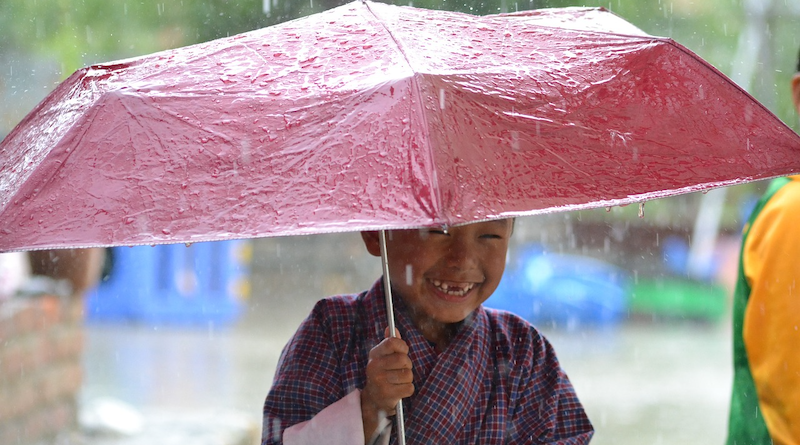Land Or Sea? Scientists Reveal Effect Of Land Conditions On Asian Monsoon Climate
Researchers from Tokyo Metropolitan University have used numerical simulations to show how conditions on land impact weather during Asian summer monsoons. Focusing on the Tibetan plateau, they studied how varied land conditions combined with fixed maritime conditions illuminate the specific effects of the land on the weather. They found that the significance of land-atmosphere coupling varies greatly from year to year, with unexpectedly low dependence on maritime phenomena like El Niño.
Asian monsoon systems impact some of the most highly populated areas of the world, affecting enormous swathes of Asia and surrounding oceans. This massive circulation of air is largely driven by a significant temperature difference arising from how the Eurasian landmass and the seas around the Indian Oceans and western Pacific Ocean heat differently. The impact of the land and sea both have a vital role to play, but separating out the effects of each has been very difficult. For example, the duration over which present atmospheric conditions affect future weather (the “memory effect”) is known to be shorter than one week: while land and ocean memory effects are important for seasonal forecasting, the specific effect of land conditions is not yet understood.
This inspired a team led by Dr. Hiroshi G. Takahashi from Tokyo Metropolitan University to examine some of the latest simulation data of weather in different years produced by cutting-edge climate models. Specifically, they looked for weather patterns in ensembles of simulations regulated to have the same maritime conditions but different conditions over the Tibetan plateau, focusing on how differences in air temperature and snow cover give rise to variations (“internal variability”) in the weather. Using statistical analysis, they were able to encapsulate how land conditions couple to atmospheric conditions in a single “L-A” coupling strength index, and study how this value impacts Asian monsoons.
They firstly found that the degree to which conditions over the Tibetan plateau impact monsoon climate varies greatly from year to year. External effects, particularly the effect of sea surface temperatures, can greatly overshadow the effect of L-A coupling, depending on the year. On taking a closer look, they found some correlation with a weaker Walker circulation, the same large-scale east-west circulation of air in the late spring that leads to the development of summer monsoons. Interestingly, L-A coupling was not significantly affected by the El Niño effect, a strong, anomalous phenomenon that directly impacts sea surface temperatures. They also found that snow cover over the plateau in the winter and early spring had minimal impact on monsoon severity; this suggests a memory effect specific to land conditions of around a month, with conditions in late spring significantly impacting monsoons in June.
While many questions remain, the team’s work strongly suggests that better modeling of land conditions may be crucial to realize better seasonal forecasts for the Asian monsoon region. With more studies under way looking at different aspects of monsoon climate, the prospect of refined predictions is an exciting one for the vast population that monsoons affect every year.

